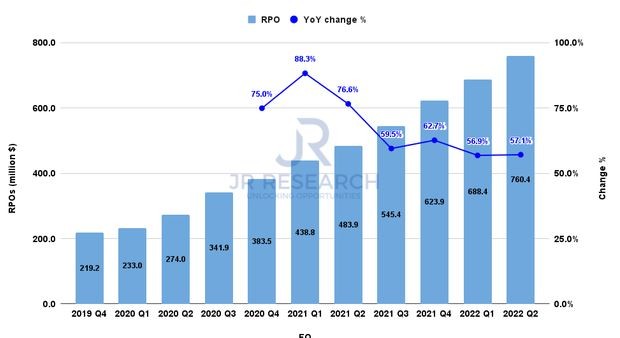MaaS & RPO
I was trying to explain some finance metrics to my son so I added a little spin for him. Abracadabra! As a magician, let me explain the concept of RPO or Remaining Purchase Obligation in a more magical way.
Imagine you are a wizard, and you have magic contracts with your customers. These contracts promise them different magical services, such as spellcasting, potion-making, or enchanting items. You have prepped the MSA, reviewed the SOW and now signed these contracts, but you have not yet fulfilled them.
The total amount of magic services you have promised to deliver in the future is your RPO. It includes both recurring services, such as monthly spellcasting, and non-recurring services, such as one-time potion-making or a new magical wand.
Calculating RPO
To calculate RPO, you add the total value of all the magical contracts you have signed with your customers that are yet to be fulfilled. You can measure RPO relative to your total billings or your annual contract value (ACV), which is the total value of all your contracts for a specific period. So think about the TCV if its multi-year and the ARR in your contract.
Knowing your RPO is important because it gives you insight into your future revenue stream. With this information, you can plan your magical operations, investments, and growth strategies accordingly. You can make informed decisions on hiring new wizards, marketing your magical services on Tik Tok, and developing new spells or potions. RPO also helps you forecast your cash flows and plan for your magical capital requirements.

Different from other Metrics
RPO is different from other metrics such as Book to Bill, Backlog, and Deferred Revenue. Book to Bill measures the ratio of new contracts booked in a specific period to the revenue recognized in the same period. Backlog refers to the total value of magical contracts that have been signed but not yet fulfilled. Deferred Revenue represents the amount of money you have received from your customers but have not yet recognized as revenue.
In contrast, RPO takes into account all the non-cancelable magical commitments you have made to your customers. Btw, don’t let your AEs sign some crazy cancellable deals as it can ruin your calculations. It provides a more comprehensive view of your future revenue stream. By measuring RPO relative to your total billings or ACV, you can assess your ability to generate revenue from your existing customers and grow your revenue stream.
RPO is something to Grow
As a wizard who wants to grow the business, your RPO is essential to your magical income statement and balance sheet. Your income statement reflects the amount of revenue you have recognized in a given period, while your balance sheet shows the current and future obligations you have to fulfill your contracts.
RPO is an essential metric for wizards who provide magic services to their customers. It gives them a clear picture of their future revenue stream, helps them plan their operations, investments, and growth strategies, and allows them to make informed decisions on hiring, marketing, and product development. With RPO, wizards can confidently continue driving top-line growth and reduce situations where customers over-consume versus their magical commitments.